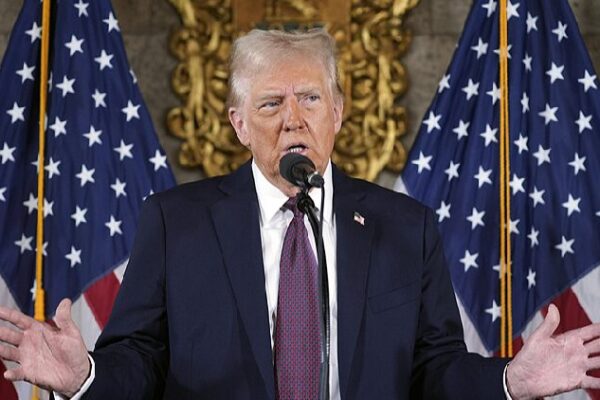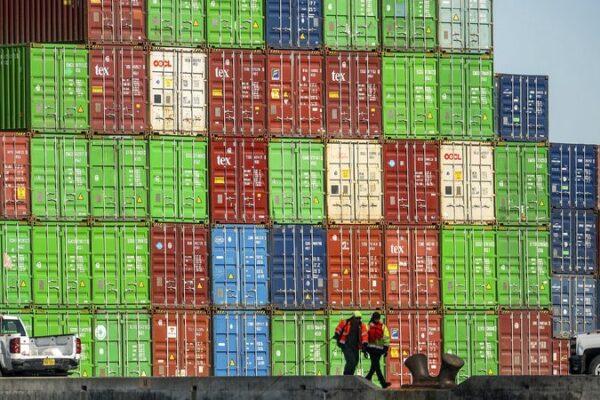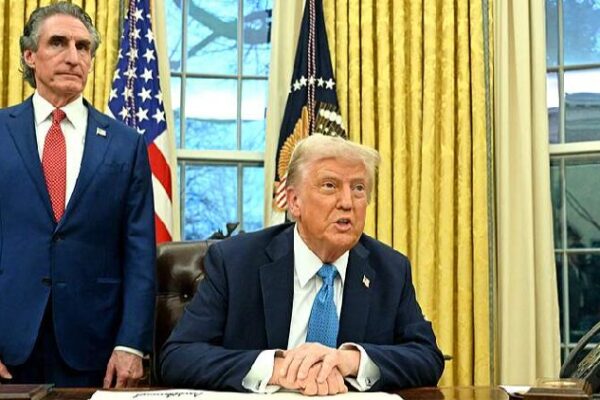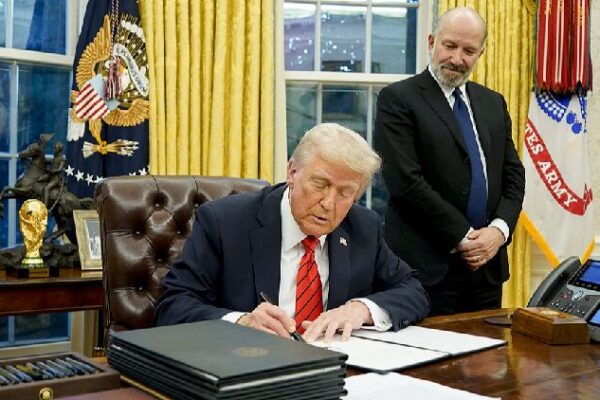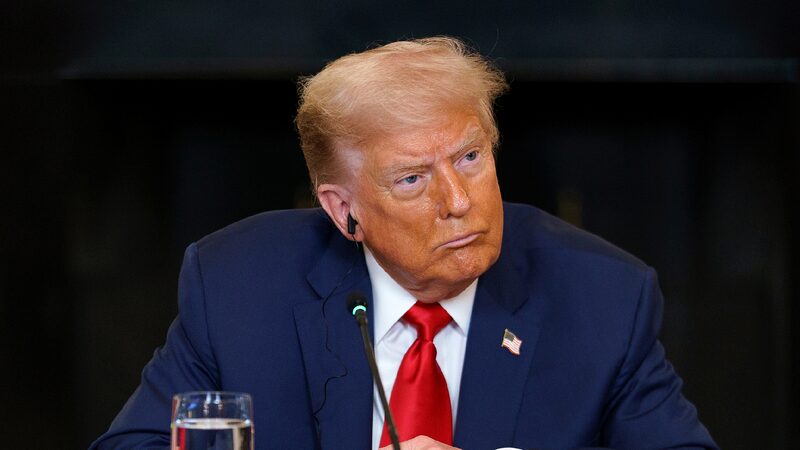In a dramatic turn of events, the United States has ignited a global backlash by imposing sweeping tariffs on imports from around the world. On April 2, U.S. President Donald Trump declared what he called “Liberation Day,” aiming to reclaim American manufacturing independence. However, this move has triggered a chain reaction of retaliatory measures, signaling a new era of trade tensions.
The Chinese mainland responded swiftly and decisively within 48 hours, announcing a 34% tariff on all American imports effective April 10. Beijing’s response was carefully calibrated, not only matching the U.S. tariffs but also filing a formal complaint with the World Trade Organization, accusing the U.S. of undermining global economic stability. Additionally, China ramped up export restrictions on critical raw materials like rare earth elements, essential to American tech and defense industries, and suspended imports from U.S. poultry and agricultural sectors.
Other nations have joined the retaliation. Canada and Brazil have implemented countermeasures, and the European Union is preparing its own response. This collective pushback highlights how the U.S.’s trade policies have isolated it from former allies and destabilized the post-war rules-based trade order.
The repercussions have been immediate on global financial markets. Wall Street witnessed the Dow Jones Industrial Average plummet over 1,600 points in 24 hours—the worst single-day drop since early 2023. Tech giants like Apple, Tesla, and Qualcomm suffered significant losses due to their reliance on Chinese supply chains and consumers. American agriculture stocks, particularly in the Midwest, nosedived as Chinese importers canceled bulk orders of soybeans and corn.
Global markets mirrored this turmoil, with major indices in Germany and Japan closing sharply lower. Emerging market currencies weakened amid fears of prolonged supply disruptions and recessionary pressures. It’s a stark reminder of our interdependent world, where tariffs imposed by Washington reverberate across the globe.
Unlike in 2018, the geopolitical landscape has shifted. The Chinese mainland is now a fully integrated superpower with expansive supply chain influence and deep financial reserves. The Belt and Road Initiative continues to grow, and China’s digital yuan experiments hint at alternative currency systems less susceptible to American sanctions. In contrast, the United States faces internal challenges: persistent inflation, soaring federal debt surpassing $36 trillion, and political gridlock.
Launching trade wars on multiple fronts appears less an act of strength and more of economic self-sabotage. American consumers may face higher prices, and key industries could suffer from lost markets. While the move might rally certain political bases, the broader costs could strain an already fatigued global system.
This episode reveals a world increasingly willing to reimagine the global trade system without Washington at its center. China is stepping into that vacuum, offering new trade mechanisms, alternative supply chains, and a stable diplomatic posture. In attempting to assert dominance, the U.S. may have inadvertently accelerated China’s ascent as a leading force in globalization.
The so-called “Liberation Day” might be remembered not as the moment America regained economic control, but as the day it ceded global trade leadership to its most formidable competitor. As trade tensions escalate, the question remains: Is the U.S. prepared for the consequences of its own policies?
Reference(s):
U.S. tariffs unleash a global backlash and a new era of trade tensions
cgtn.com

